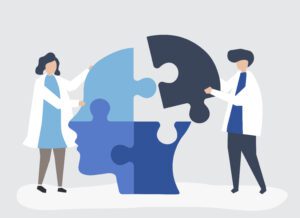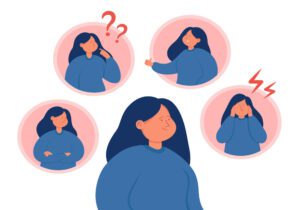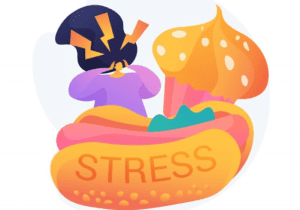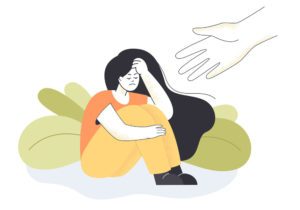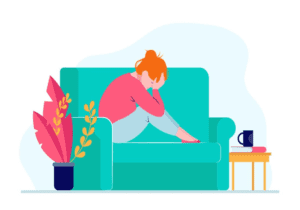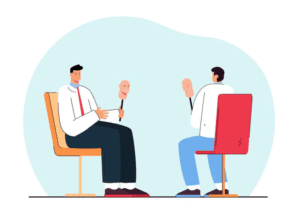The Hidden Language of Your Nervous System
This article has been researched and written by Moni El Ramlawy. AI has not been used in producing this article.
Before you say, “I’m fine,” your nervous system has already responded. That response doesn’t come from logic, reasoning, or even conscious thought – it comes from your body’s survival system. Polyvagal Theory, developed by Dr. Stephen Porges, offers a powerful lens to understand how our nervous systems respond to our emotional triggers. It tells us that we’re not just reacting to the world through our thoughts – we’re constantly scanning for cues of safety and danger. According to this theory, our nervous system navigates three main states to manage stress. When we understand them, we begin to decode the hidden language our body speaks every day.
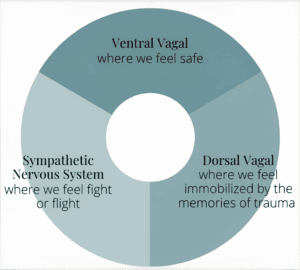
1. Safety & Connection (Ventral Vagal State)
This is your state of presence and regulation. When you’re in ventral vagal, your body feels safe and calm. This is your “I’m okay, I’m connected, I can think clearly” state. In this state, you can experience joy, healing, intimacy, and connection. You can express emotions, problem-solve, and reflect.
2. Alert (Sympathetic State)
This is a state of threat, and when your nervous system detects threat (real or perceived), it shifts into action. This is what we call the fight-or-flight response. You might feel agitated or anxious. Your heart races, muscles tense, and everything feels urgent. This is not a weakness; it’s your body trying to protect you, and while this state is essential for survival, being stuck there for too long can lead to burnout or chronic stress.
3. Shutdown (Dorsal Vagal State)
This state is like an emergency brake. When the threat feels overwhelming and escape seems impossible, the body goes into a state of freeze. You may feel spacey, numb, or exhausted. It can look like depression, but it’s actually a survival response when fight-or-flight no longer works.
Learning to notice these states helps you recognize your emotions. When you begin to understand how your nervous system works, you gain the power to regulate – through breath, movement, connection, and support – and you become more attuned to what you need: a pause, a boundary, a hug.
How to Help Your Child with Anxiety Through Divorce
Divorce is a significant change that affects every member of a family. For children, the uncertainty and adjustments …
Depression vs Sadness: Understanding the Difference
While often used interchangeably, the terms “sadness” and “depression” represent distinct emotional states, each with …
5 Simple Mental Health Practices for Your Everyday Life: Nurturing Your Body & Mind
In today’s fast-paced world, it’s becoming increasingly evident that we need to place our mental health at the forefront
Ways to Reduce Anxiety in 2024
As we say farewell to 2022 and usher in the New Year, we look towards the future. With New Year’s resolutions on the docket, many of us are striving to achieve a calm life …
Navigating Compassion Fatigue in the Digital Age: A Call to Prioritize Mental Well-Being
Amid the constant stream of information and images that flood our screens, the toll on our mental well-being can be …
The Link Between Anxiety and Overeating
All of us have encountered moments of stress and unease throughout our lives. These feelings of anxiety not only bring…
10 Steps To Fix A Toxic Relationship
Every relationship has its fair share of ups and downs, but when toxicity creeps in, it can become a serious challenge. Toxic relationships can be emotionally draining and detrimental to our overall …
Exploring the Benefits of EMDR Therapy for Anxiety and Depression
Anxiety and depression are two of the most common mental health disorders worldwide, affecting millions of people every year. While traditional talk therapy and medication can be …
Health Effects of Untreated Depression
It’s very common to feel sadness at one point or another in our life. Depending on your specific circumstances, you may even feel …
Psychologists vs. Psychiatrists – What’s the Difference?
Clients shouldn’t have to jump through hoops to understand who the perfect candidate is for treating their emotional and/or behavioral struggles. Yet, understanding the type of provider you should see during …



